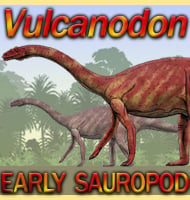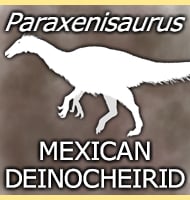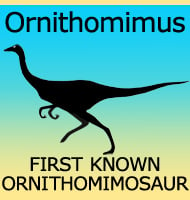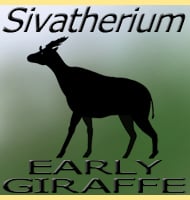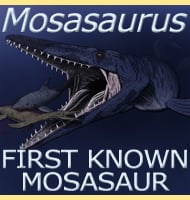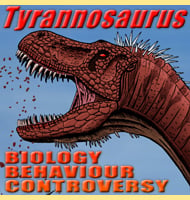In Depth
An exciting find, the genus name of this whale is a reference to the golden colouration of the bones of the type specimen. It is important to note that should further fossilised bones of this genus be discovered they might not have the same colouration since the colour of holotype bones was due to the mineral content of the rocks that they were preserved in.
Chrysocetus has been identified as a basilosaurid whale, a group of oceanic predatory whales that include genera such as Zygorhiza, Dorudon, Ancalecetus, and of course the type genus and most famous of all of these, Basilosaurus. Individual Chrysocetus would of course also have been expected to be apex predators that targeted everything from fish to other marine mammals.
Further Reading
- New genus of dorudontine archaeocete (Cetacea) from the middle-to-late Eocene of South Carolina - Marine Mammal Science 17 (1): 1–34. - Mark D. Uhen & Philip D. Gingerich - 2001. – New fauna of archaeocete whales (Mammalia, Cetacea) from the Bartonian middle Eocene of southern Morocco. – Journal of African Earth Sciences 111: 273–286. – Philip D. Gingerich & Samir Zouhri – 2015.

